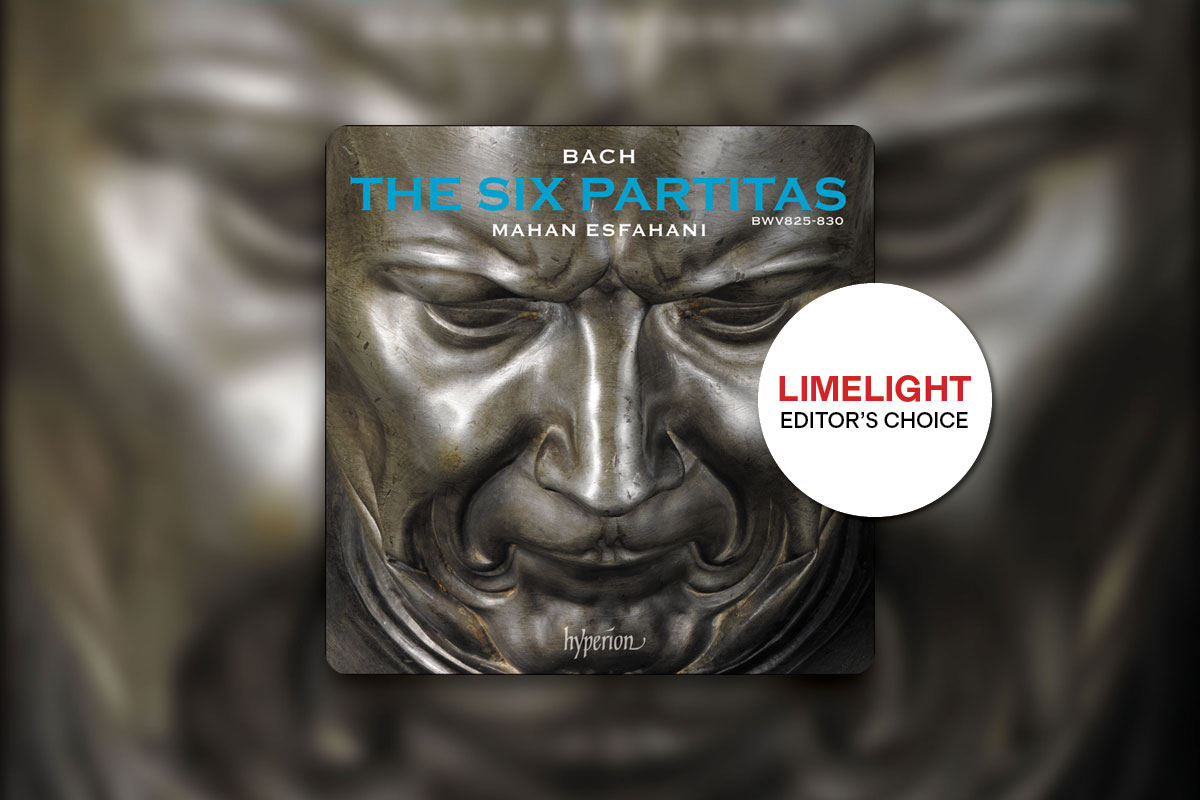In harpsichordist Mahan Esfahani’s typically erudite and entertaining booklet note, he asks us to consider Bach’s six Partitas BWV825-830, which form the first part of the composer’s Clavier Übung, as “provocations fundamentally disturbing and deconstructing the High Baroque forms which they purport to exemplify”.

To be fair, he’s making a specific point which is less clear when the passage is taken out of context. But it remains a clearly provocative statement in itself, and an interesting starting point for an interpretation.
I enjoyed Esfahani’s take on Bach’s toccatas, reviewed here, but not everyone did. I suspect his partitas will likewise divide critics. The Iranian-American harpsichordist’s project strikes me as one in which contingency is an acceptable and indeed essential element in the search for perfection. A pronounced intellectual curiosity coupled with a heightened aesthetic sensitivity can only result in bold hypotheses about the realisation of the music of the past.
So, while I like Colin Tilney’s expressiveness, Trevor Pinnock’s forthrightness, Robert Wooley’s sense of architecture, Pascal Dubreuil’s élan and Masaaki Suzuki’s grace in this repertoire, I love...










Comments
Log in to join the conversation.